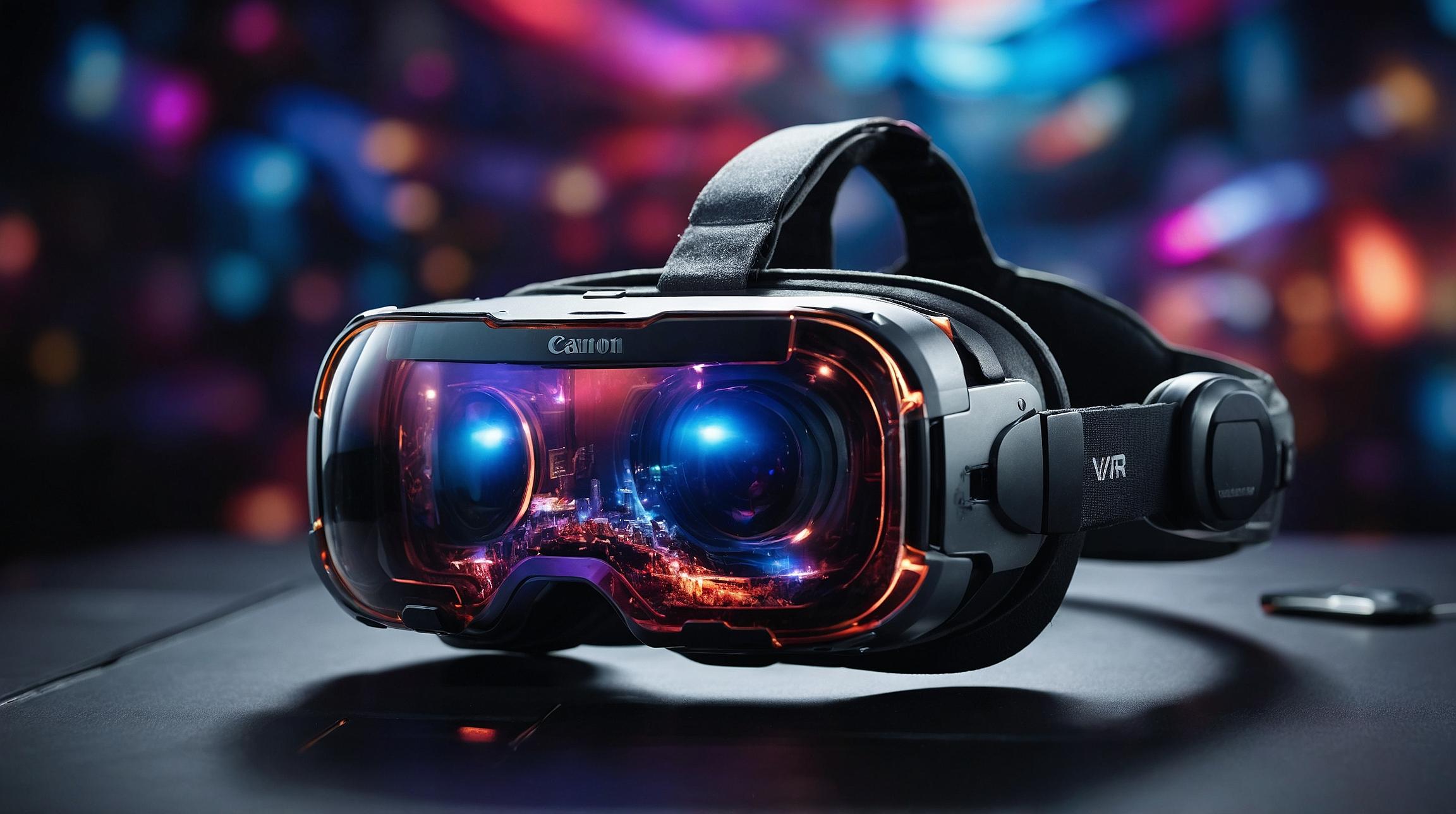Understanding Meta's Camera Restrictions
Meta's Quest VR headsets come with front-facing cameras that are primarily used for creating immersive experiences in virtual reality. However, these cameras are intentionally restricted from direct access by third-party developers. This policy is in place to protect user privacy and ensure security, as unrestricted camera access could potentially lead to misuse.
A Clever Workaround by a Developer
Despite these restrictions, developer Michael Gschwandtner devised an ingenious workaround that allows his application to utilize the camera feed indirectly. The method involves leveraging the VR headset's ability to cast its video feed over Wi-Fi, a feature originally intended for sharing VR experiences with others.
Step-by-Step Workaround Process
Passthrough Video Setup: The first step involves setting up a passthrough video. This means that the camera feed is used as a backdrop in the VR environment, integrating both the physical and virtual worlds.
Chromium Browser Casting: Next, the application launches a Chromium browser within the headset and casts the video feed to itself. This is akin to capturing a snapshot of what the user sees through the headset, which includes virtual elements like user interfaces.
Object Detection: Using this indirect camera feed, the app can perform object detection using machine learning models like MobileNet V2. These models are capable of identifying objects based on visual input, running locally on the headset.
Technical and Practical Implications
The workaround demonstrates a creative approach to a technical limitation, allowing for machine vision applications without direct camera access. This could pave the way for more innovative uses of VR headsets, such as augmented reality applications that require object recognition.
Meta's Stance and Future Prospects
While Meta remains cautious about opening up direct camera access, citing privacy and security concerns, there is ongoing debate about the potential benefits. Former Meta CTO John Carmack has advocated for more open access, arguing that it could lead to more innovative applications that could be developed safely. For now, developers must rely on such clever workarounds to exploit the full potential of VR technology.













